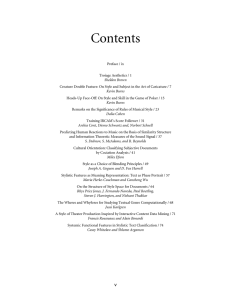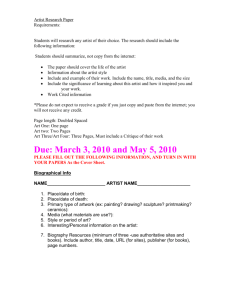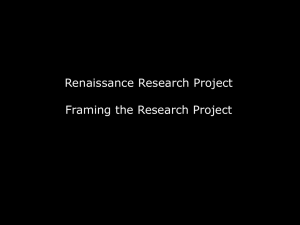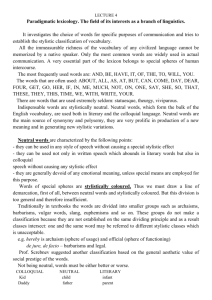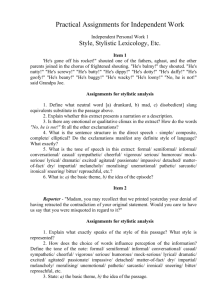Art History 110 Midterm Exam
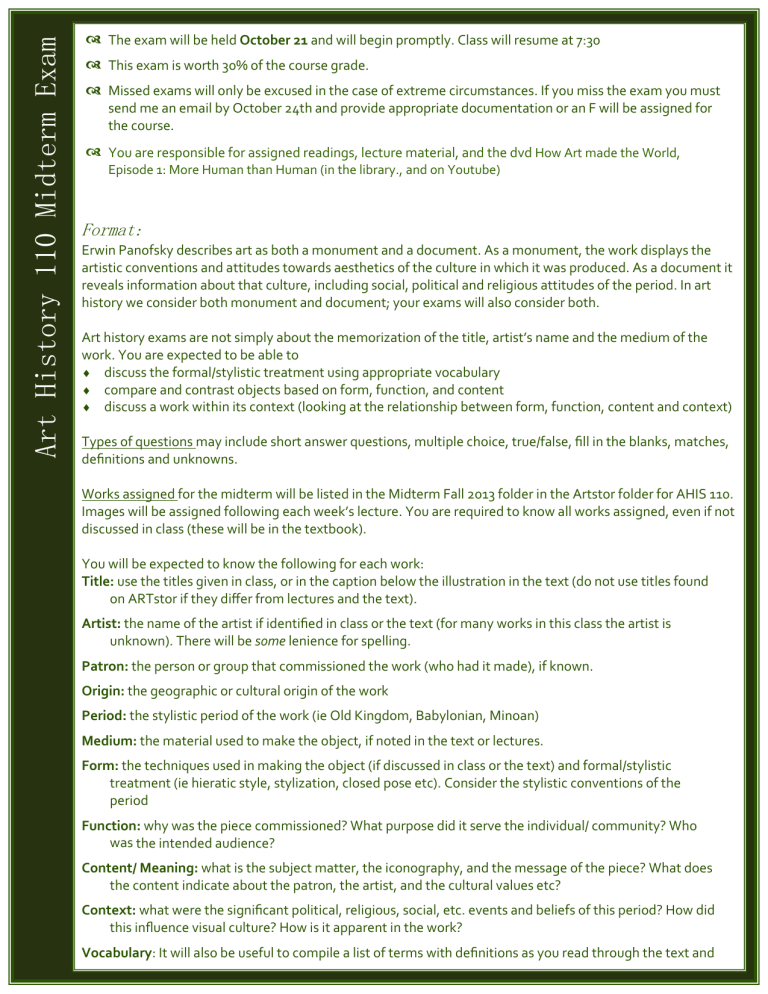
exam will be held October 21 and will begin promptly.
Class will resume at 7:30
exam is worth 30% of the course grade.
exams will only be excused in the case of extreme circumstances.
If you miss the exam you must send me an email by October 24th and provide appropriate documentation or an F will be assigned for the course.
are responsible for assigned readings, lecture material, and the dvd How Art made the World,
Episode 1: More Human than Human (in the library., and on Youtube)
Format:
Erwin Panofsky describes art as both a monument and a document.
As a monument, the work displays the artistic conventions and attitudes towards aesthetics of the culture in which it was produced.
As a document it reveals information about that culture, including social, political and religious attitudes of the period.
In art
history we consider both monument and document; your exams will also consider both.
Art history exams are not simply about the memorization of the title, artist’s name and the medium of the
work.
You are expected to be able to
discuss the compare
formal/stylistic and contrast
treatment objects based
using on
appropriate form, function,
vocabulary and content
discuss a work within its context (looking at the relationship between form, function, content and context)
Types of questions may include short answer questions, multiple choice, true/false, fi ll in the blanks, matches, de fi nitions and unknowns.
Works assigned for the midterm will be listed in the Midterm Fall 2013 folder in the Artstor folder for AHIS 110.
Images will be assigned following each week’s lecture.
You are required to know all works assigned, even if not discussed in class (these will be in the textbook).
You will be expected to know the following for each work:
Title: use the titles given in class, or in the caption below the illustration in the text (do not use titles found on ARTstor if they di ff er from lectures and the text).
Artist: the name of the artist if identi fi ed in class or the text (for many works in this class the artist is unknown).
There will be some lenience for spelling.
Patron: the person or group that commissioned the work (who had it made), if known.
Origin: the geographic or cultural origin of the work
Period: the stylistic period of the work (ie Old Kingdom, Babylonian, Minoan)
Medium: the material used to make the object, if noted in the text or lectures.
Form: the techniques used in making the object (if discussed in class or the text) and formal/stylistic treatment (ie hieratic style, stylization, closed pose etc).
Consider the stylistic conventions of the period
Function: why was the piece commissioned?
What purpose did it serve the individual/ community?
Who was the intended audience?
Content/ Meaning: what is the subject matter, the iconography, and the message of the piece?
What does the content indicate about the patron, the artist, and the cultural values etc?
Context: what were the signi fi cant political, religious, social, etc.
events and beliefs of this period?
How did this in fl uence visual culture?
How is it apparent in the work?
Vocabulary : It will also be useful to compile a list of terms with de fi nitions as you read through the text and




